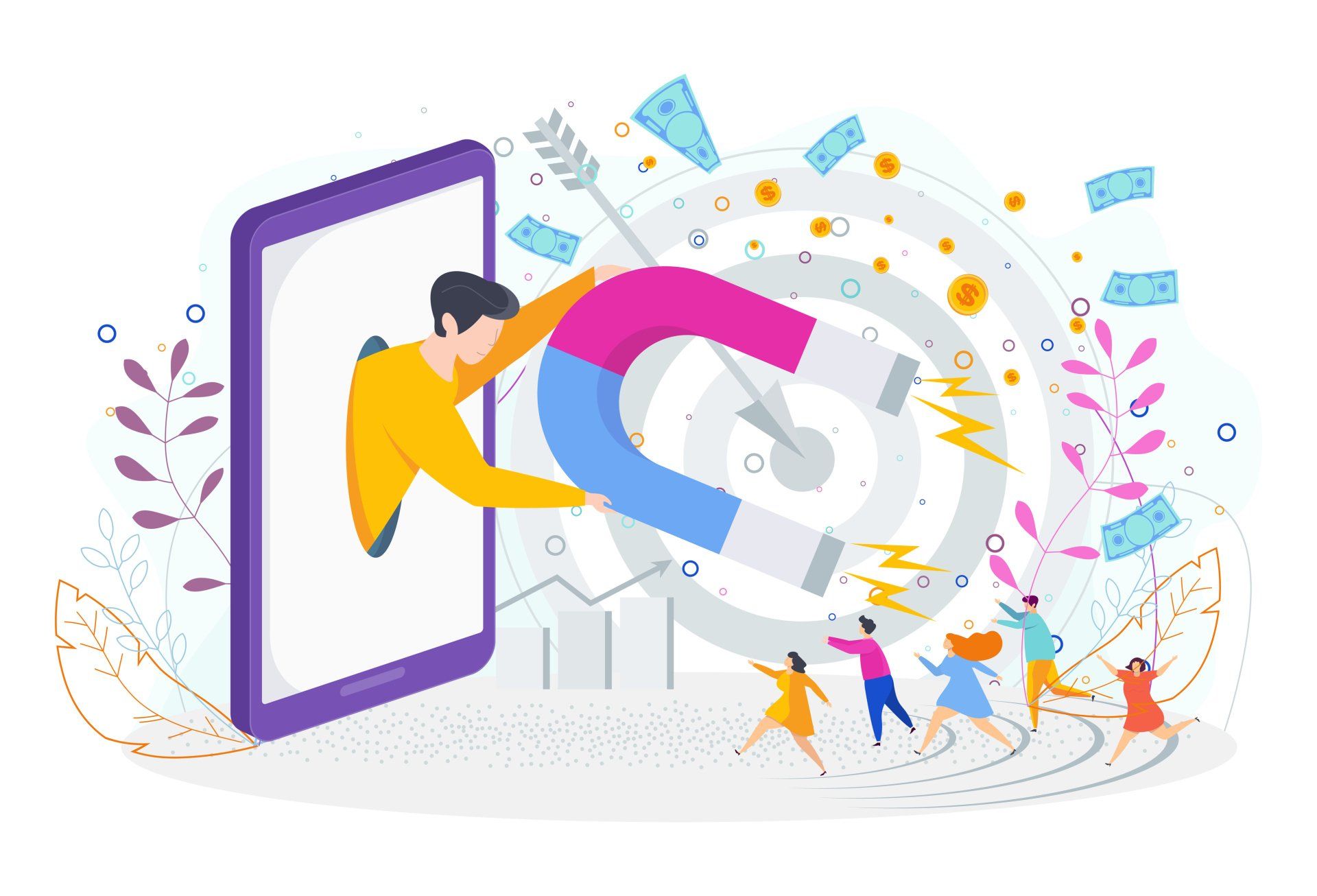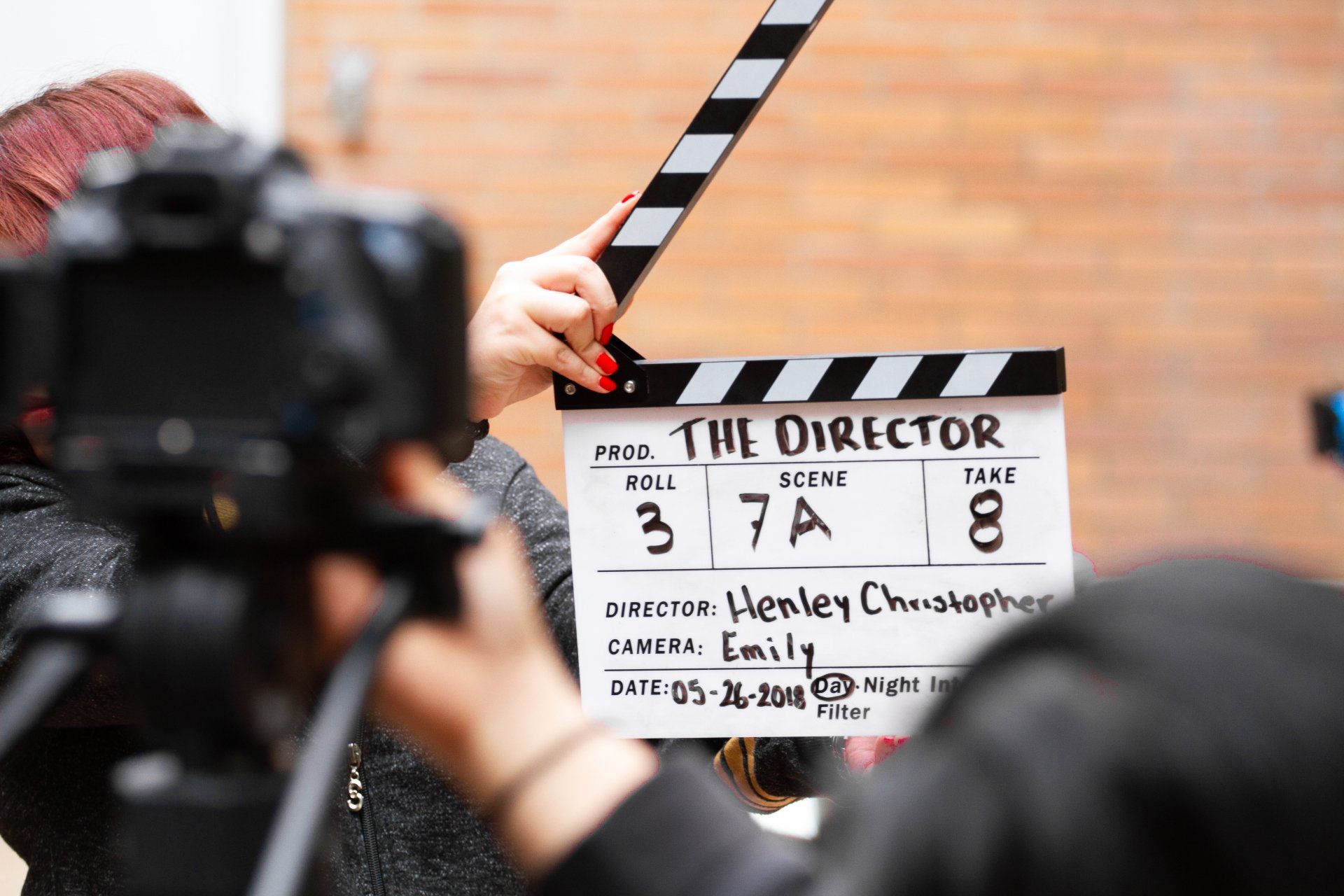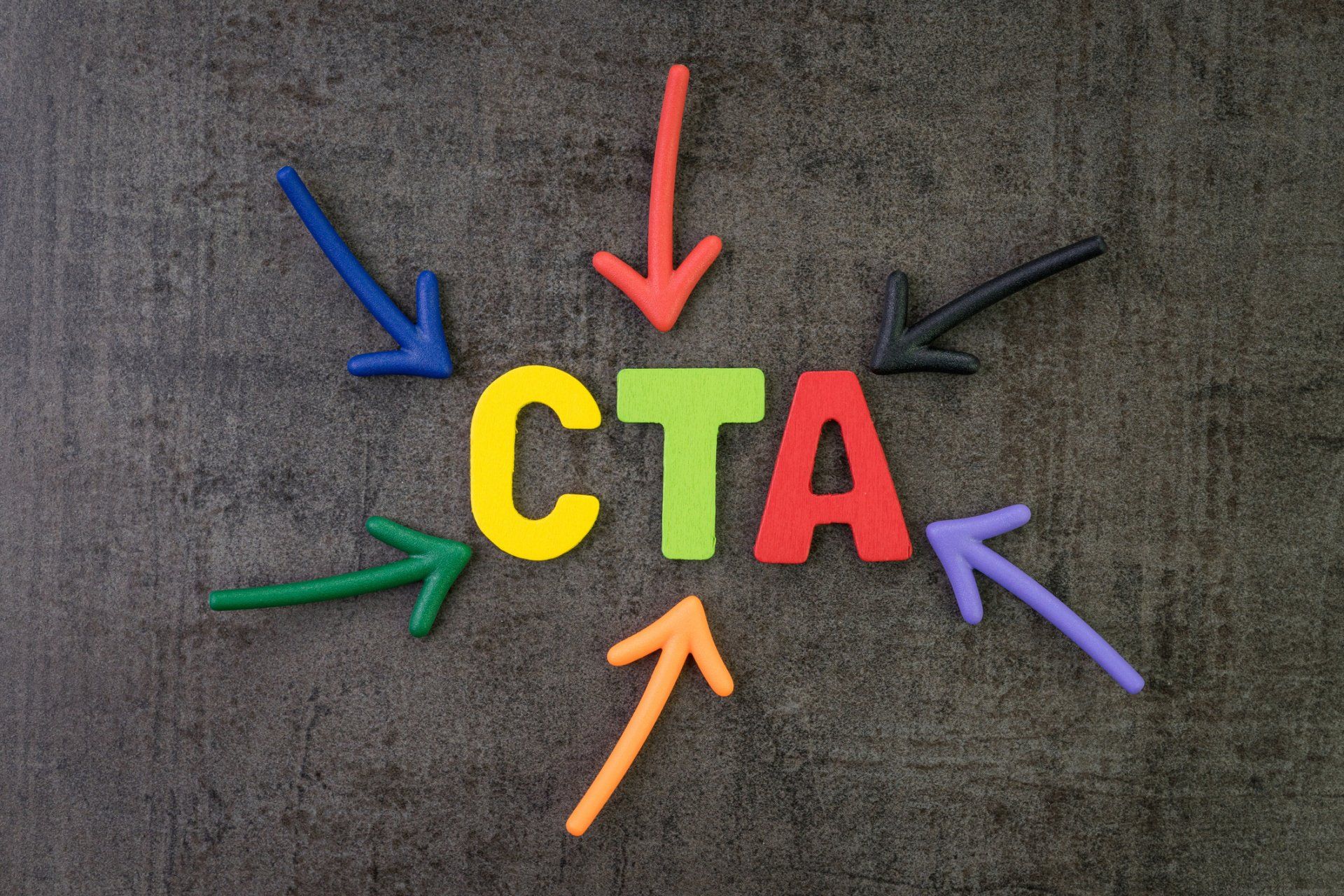Part 3: 14 landing page tips to turn your website into a sales superstar
Converting website visits into sales isn’t an easy process, but there are ways to increase the likelihood of visitors going on to convert. One of the best ways of doing it is through improving your landing pages.
A landing page should be a well thought out and carefully crafted page. It receives traffic from your advertising, marketing and social media campaigns, with the aim of those visitors going on to covert - this could be a sale, a sign-up or a lead.
It is important to remember that a landing page is NOT a homepage. The point of your homepage is that visitors should want to go from there to explore your site, but a landing page has only one aim - for your visitors to click, share their details and convert.
The conversion rates for landing pages vary between different industries. The conversion rate for an ‘average' landing page is between two and four per cent, but it’s best to focus on doing better than the average for your own industry, rather than the overall average.
The key figures are your own - if your landing page can convert more today than it was doing last month or last year, you are heading in the right direction.
If you are not sure what your conversion rate is, it is the number of people who convert into leads or sales, divided by the total number of visitors to your page.
So if your landing page has 2,000 visitors in a month and makes 100 sales from that page, the conversion rate would be 100 divided by 2,000, which is 0.05 - or 5%.
If you follow these tips, your landing pages can help turn your website into a sales superstar.

1. Target the right audience
Before creating or changing you landing pages, it’s important that you understand who is going to be landing on them and what they will react to.
Ask yourself:
• Who will visit this page?
• What do I want them to see?
• How do I want them to feel?
• What do I want them do?
2. Know your own goals
It’s important to focus on just one clear goal with each of your landing pages, so that users can see exactly what they need to do and don’t get confused or sidetracked.
3. Write compelling headlines
You need to grab your visitors’ attention straightaway, so use a straightforward and compelling headline they can’t ignore. Focus on emotions or solutions to problems to really attract attention.
4. Get your copy right
Your copy needs to get to the point and be convincing and genuine. Most importantly, it needs to understand a visitor’s problem and provide them with a solution.
Consider your audience, what their problem might be and how you can solve that problem. Importantly, think about how you can convince them to take the action which is the first step towards solving that problem.
5. Make sure your CTAs work
Your call-to-action (CTA) is what will convert someone from a visitor to a customer. It is the most important part of your landing page, so it must be effective.
Everything about your CTA needs to be right, to maximise the chances of a visitor taking action.
The message really needs to get across the importance of the CTA and could convey a sense of urgency. Don’t use dreary words like ‘Submit’, make them actionable like ‘Shop now’ or even ‘Yes, please!’.
Make sure the colour is easy to see and stands out sufficiently from the rest of the page. The size of the button needs to be big enough that a visitor can’t miss it, but not so big that it dominates the page and becomes overwhelming.
Your CTA should be ‘above the fold’, which means it should be visible on a screen (including a mobile device) without someone needing to scroll down to find it.
6. Minimise scrolling
As soon as a person arrives on your landing page, they need to see your key message. Without scrolling, they need to know how your product or service will benefit them.
The clearer and more visible the benefit is, the more likely they are to convert.
If you want to add additional information about your company, that can go ‘below the fold’, for people who want to scroll to find out more. But it is important not to clutter your page with too much information and to keep your key message as clear as possible.
7. Use the best images
Images can really enhance your message and encourage visitors to take action (or not!). Keep them simple and striking and make sure they are in keeping with your content, to ensure your message and your CTA really stand out.
8. Get your forms right
Once a visitor has clicked on your CTA button, they will be taken to a form to fill in their essential details. This could still be make-or-break as to whether they go on to convert.
The whole purpose of your landing page is to get these contact details, so make sure your form appears both trustworthy and easy to use.
Generally speaking, the less information you ask for, the higher your conversion rate will be. So the best way is just to ask for an email address and not to go into further detail.
9. Use video
One of the most effective ways to engage users on your landing pages (particularly for younger generations) is by adding relevant videos to really strengthen your message.
Videos makes your page more compelling, but they don’t need to be complicated. While every landing page will need a different video, they only need to be very short and should take a minimum of work and editing to produce.
10. Add trust signals
If a visitor has arrived on your site for the first time, how do they know they can trust your business to provide them with the products or services they need?
While it’s important not to have too many distractions on a landing page, a couple of user reviews/ testimonials near your CTA button, as well as secure payment badges, any award logos or customer logos will all provide reassurance that your business can be trusted.

12. Fast loading times
One of the biggest mistakes you can make for any web page, including a landing page, is a slow loading time. You could have the best headline, copy, CTA and images, but if your landing page doesn’t load within a few seconds, your visitors will leave.
13. Use live chat
People are more likely to take action if they know their concerns and questions are being heard and responded to. Using a live chat tool not only answers those questions, but it shows you care about your audience and is an extra way to make a good impression on them.
14. A/B test your pages
To be certain that you are really maximising the opportunities from your landing page, it is essential to A/B test them - by testing each element of a page in isolation.
Without A/B testing, you won’t know exactly what it is which makes your audience take action. While your landing pages might already be doing a good job, with testing it is possible to optimise them to do an even better job and encourage more people to convert.
It is essential that you only test one element at a time eg the wording of your copy, the placement of your CTA or the colour of your font, so that you can be sure which elements are having an impact.
Landing pages are a really good tool for increasing conversions and sales on your website. While it’s unlikely that you will get them right first time, by following these actions you can make your landing pages really work for your business and turn your website into a sales superstar.

More Posts.







